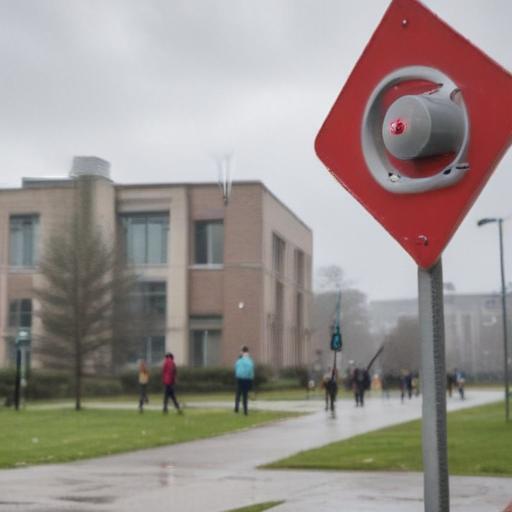A wave of campus scare calls on a single day roiled several universities, only to be traced to cruel hoaxes rather than real threats. At Villanova University, an alert at 4:53 PM directed people to steer clear of Law School Scarpa Hall as officers swept the campus. Live footage captured heavily armed officers moving through buildings, while early reports of a gunshot victim were later retracted as police asserted no one was injured. By 6 PM, with hours of fear behind them, the university announced there was no shooter, no firearm, and no injuries, and President Peter Donohue described the episode as “a cruel hoax.”
This was not an isolated incident. Earlier that day, the University of Tennessee at Chattanooga instituted a lockdown around 1 PM after a call claimed an active shooter was on campus; authorities found no threat. Dozens of hours and campuses later, investigators began to connect these events to a broader pattern of hoaxes tied to an online network.
In one widely discussed online thread, a man using the handle “Gores” and part of a group calling themselves Purgatory attempted to recreate the Villanova disruption, inviting others to join a Discord voice call and repeatedly reporting an active shooter to campus security offices. The caller claimed to be at Bucknell University in Pennsylvania, describing a six-foot figure with an AR-15 in the library and urging responders to act. The Bucknell security office took the call seriously, while others in the chat sat back and laughed. The exchange was reported to the Bucknell security team by the Global Project Against Hate and Extremism (GPAHE), which was actively seeking the Villanova hoax perpetrators and alerted Bucknell to the false report.
How the hoax unfolded and spread
– The Villanova alert and subsequent police sweep created a tense moment on campus, with conflicting social media and live-stream reports that initially suggested injuries that were later dismissed.
– The UT Chattanooga lockdown underscores how threats can trigger rapid security responses even when no danger materializes.
– The online “Anatomy of a Hoax” narrative shows how VoIP and Discord enable anonymous or misleading communications, complicating threat assessment and response.
– GPAHE’s involvement in tracing the hoax and notifying affected campuses highlights the role of civil-society and research organizations in supporting law enforcement and campus safety.
What this means for campuses and the public
– Rapid verification and cross-campus communication are critical when alerts occur. Institutions are likely to invest more in threat assessment protocols, better verification before broadcasting warnings, and clearer guidelines for communicating with students and families.
– Online platforms and gaming communities continue to be channels through which such hoaxes can spread. Collaboration between universities, law enforcement, and watchdog groups will be essential to curb misinformation while preserving legitimate safety notifications.
– The incidents, while frightening, also demonstrate resilience: campuses quickly debunked the threats, coordinated with police, and kept students informed as the situation evolved.
A path forward with a positive outlook
Universities can use this episode to reinforce safety drills, expand threat intelligence sharing, and foster a culture of cautious skepticism toward unverified reports. Increased transparency about how warnings are issued, paired with robust support for students during scares, can reduce panic and confusion. The quick public debunking at Villanova and the swift responses at other campuses show that communities can rebound from fear when information is reliable and authorities act decisively.
Summary of key points
– Villanova reported a false alarm that prompted an intensive campus response, later called a cruel hoax by the university president.
– UT Chattanooga also faced a lockdown with no actual threat confirmed.
– An online actor associated with the Discord-based group Purgatory attempted to propagate similar hoaxes, including a claimed Bucknell sighting, with GPAHE helping to alert Bucknell security.
– Investigations point to coordinated online activity rather than isolated, local incidents, underscoring the need for vigilant verification and cross-campus communication.
– The overarching takeaway is the importance of rapid, accurate information and community resilience in the face of these deceptive threats.
